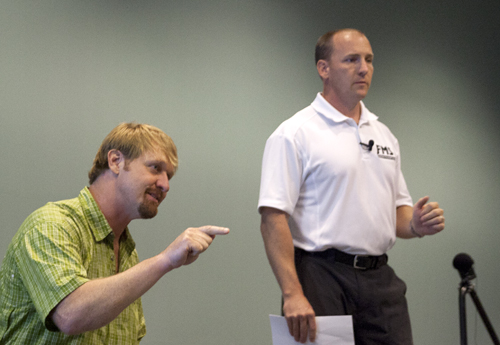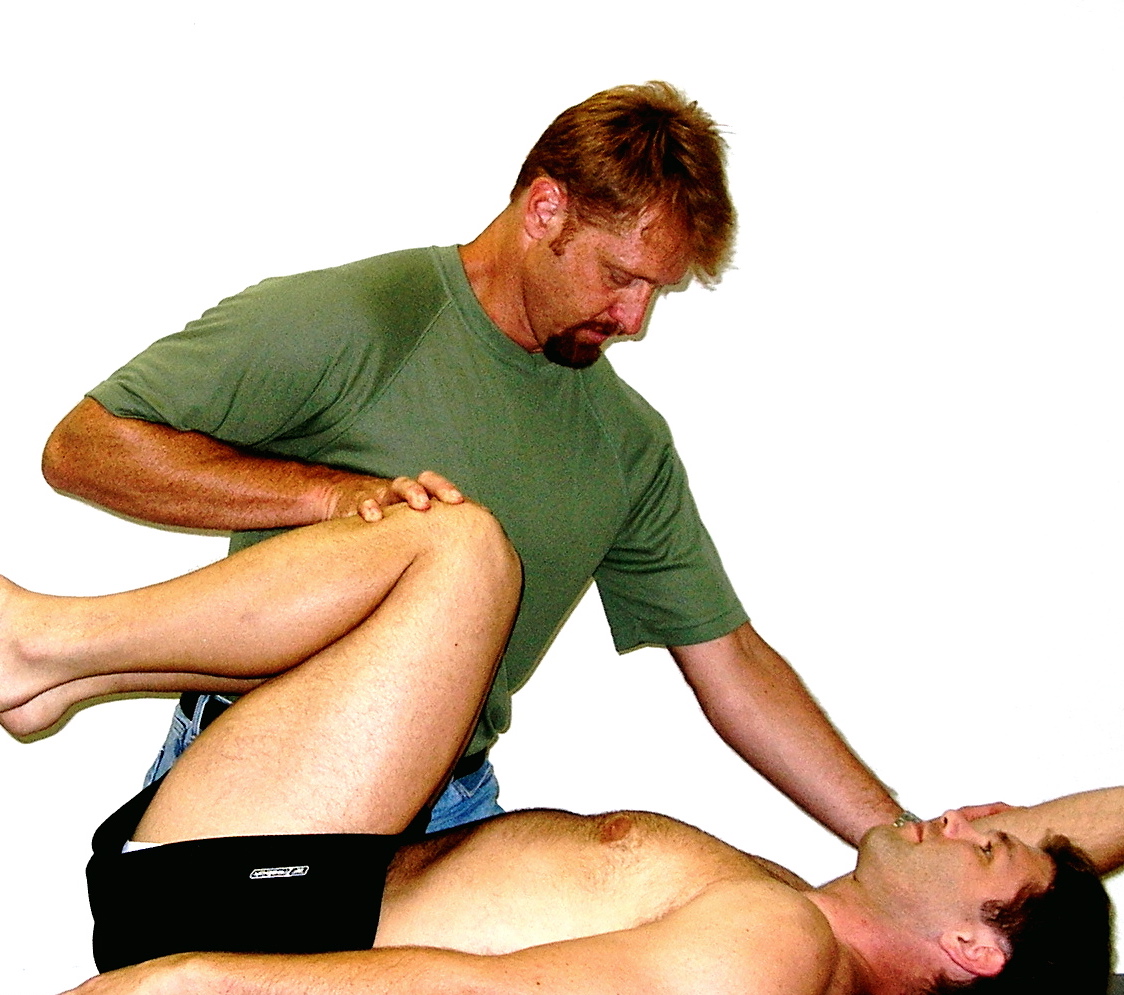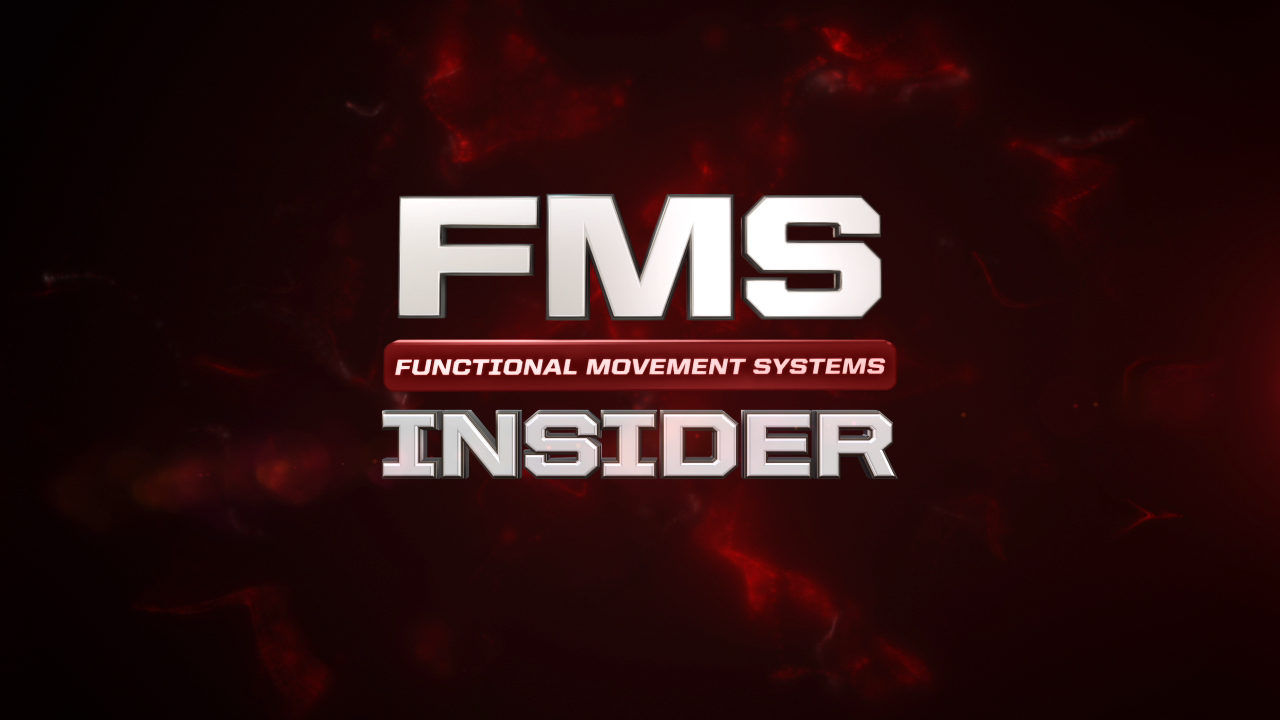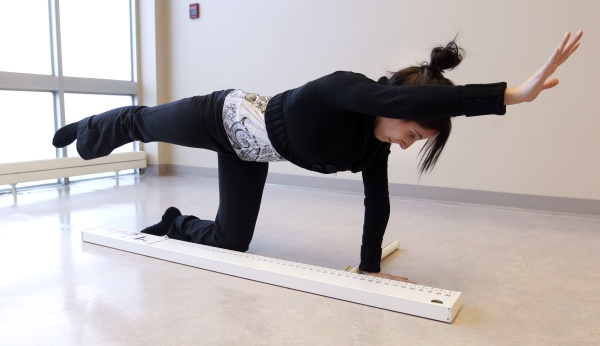Less or More or Enough: How Much Information Do You Need?
Written by Brett Jones FMS
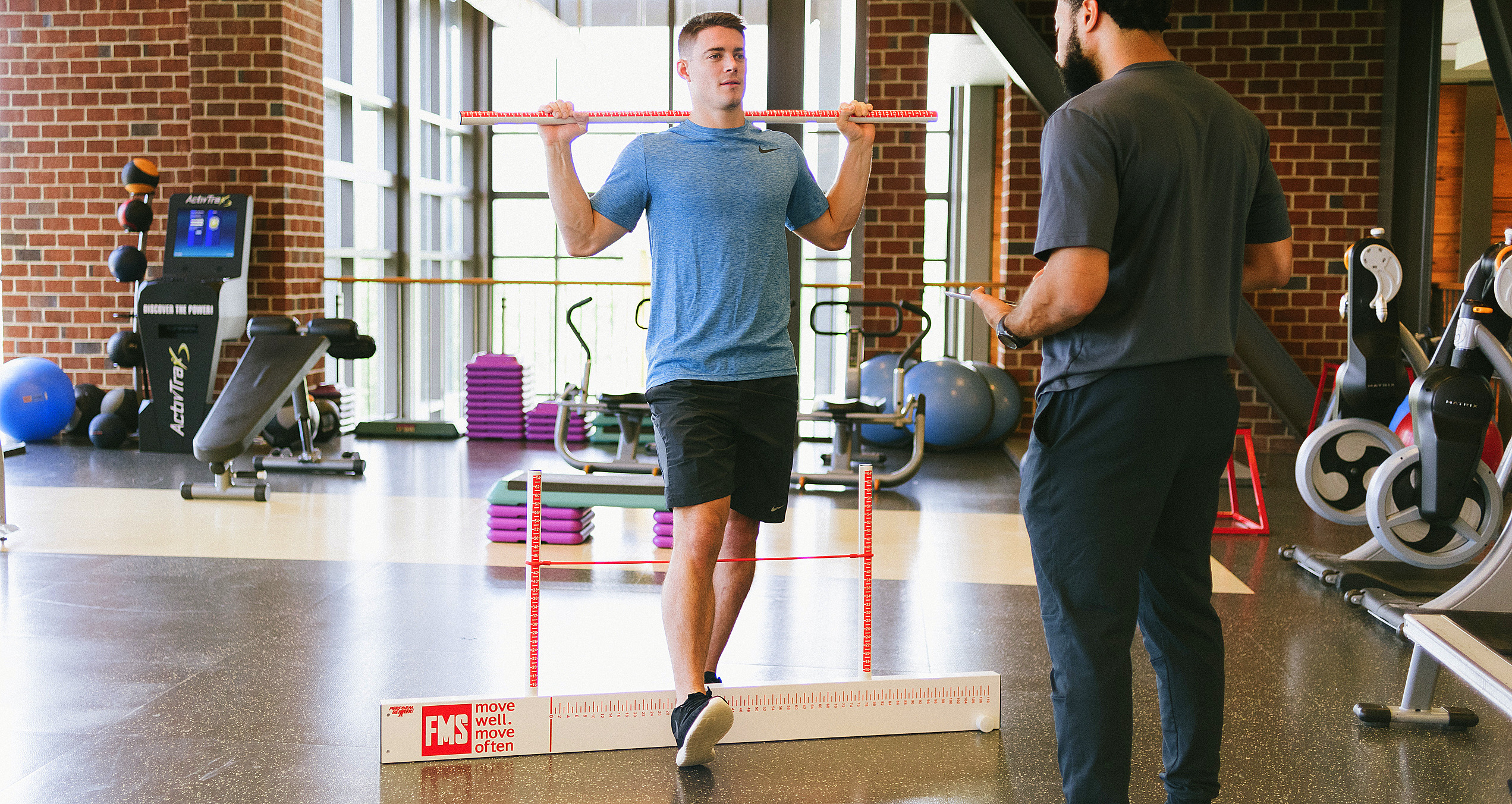
Maybe the buffet is to blame. Maybe the “on demand” life we lead is to blame. Need a ride – Uber. Want to eat…Uber eats. Want a movie…press the button. Right at our finger tips. Like this but not that…you can choose what you see, do and are exposed to daily.
Picking and choosing can have its draw backs. Some of us are old enough to remember when the B-side of an album was the best part of a 45. (Google it if you don’t understand)
Today it would be like choosing one song on iTunes and missing out on a great album.
All of this picking and choosing makes its way into other aspects of our lives; like a standard operating procedure (SOP). Getting started with a client should be coordinated by your SOP. Liability form – check. Health history – check. Par-Q – check. Payment info – check. Movement screen…well maybe I’ll just pick one or two…
Wait...I thought we were working off an SOP?
Now, let me digress for a moment.
In the book “Why We Make Mistakes” Joseph T. Hallinan tells the story of a study on Horse Racing Handicappers (Yes this does relate to the article…). In a study, they gave professional handicappers information about races from as little as 5 pieces of information to as many as 40. (track conditions, weather, age of the horse etc…) You might think that the accuracy of the predictions improved with the increase in pieces of information. Well, you would be incorrect. The handicappers were as accurate at 5 pieces of information as they were with 40 pieces of information. You read that correctly. With 5 pieces of information the handicappers were as accurate as they were with 40 pieces of information. But…and here is the important piece of the puzzle. The confidence of the handicappers went up with the increase in the number of pieces of information.
Accurate with less information but more confident with more information. I guess it is human nature to assume that more information is better.
And I assume the converse is true. That we can assume that only a few pieces of information provide us with all the data we need. Confidence runs in both directions and is influenced by our assumptions.
Assumptions and the SOP
Picking and choosing does not work in an SOP. It is standardized for a reason. In the book “The Checklist Manifesto” Atul Gawande relates the story of his work with the WHO and establishing an SOP for reducing post-surgical infection. The best way to reduce post-surgical infection is the administration of a multi-spectrum antibiotic 45 minutes prior to a surgery. When research was done, it was discovered that this was not happening. Skilled and experienced Nurses and Doctors were not getting the antibiotic administered in the 45-minute window. But with the implementation of a checklist to reinforce the SOP the antibiotics were administered in the window and post-surgical infection rates when down. Point being that the highly skilled Nurses and Doctors following, not picking and choosing from, an SOP were more effective in reducing post-surgical infection. Understand that a checklist and SOP are not meant to remove your creativity or experience but protects you from your assumptions. Just like the medical professional that benefitted from an SOP so will you.
So, which is it… less or more? 5 pieces of information or an SOP or??? Maybe the right amount of information covered by an SOP is enough.
When the FMS was designed, it was narrowed down to what Gray and the founders thought were the essential pieces of movement information needed to begin programming for an individual. Symmetrical stance, Single leg Stance, Split stance, upper quarter mobility, lower quarter mobility, symmetrical stability, asymmetrical stability and associated clearing tests were chosen to represent the essential pieces of movement information you needed.
Just like a horse handicapper feeling more confident with more or a medical professional ignoring the SOP why would you choose less or more? Maybe it is better to go with “enough.”
But wait a minute… the modified screen???
I could hear your wheels turning on the modified screen. Well, the modified screen was determined by the data. A few hundred “data points” informed us that the modified screen can be a good entry point and clears the way to a full FMS screen.
"Not everything that can be counted counts, and not everything that counts can be counted." - Albert Einstein
So…back to movement screening
An SOP for getting started into exercise should attempt to identify any painful patterns or any patterns you cannot access fully. And when you choose to perform fewer screens you collect less information on those areas. Movement is pattern dependent. Being pain free and great in symmetrical stance does not mean you will not discover pain or limitations in single-leg stance. Skipping screens and their associated clearing tests leaves gaps in the information.
Only performing the Deep Squat? Means missing potential pain in split stance. And what was in your training plan for that client? Lunges. Not the best time to discover pain.
Skipping the TSPU? Means missing potential pain in the Extension Clearing or a 1 on the TSPU. What was in your plan for that client? Kettlebell Swings. Again, not the best time to discover pain or the inability to prevent extension.
So, the question becomes: what are you willing to miss?
But it doesn’t cover it all
But the screen doesn’t cover it all and has never claimed to cover everything. Well, going joint by joint for passive and active range of motion, isolated muscle testing and any number of potential tests and procedures is not just time consuming but also leads us down the rabbit hole of the Horse Handicappers. More information leads to more confidence but not more accuracy.
Your brain and body don’t think or act in isolation so capturing current movement behavior provides the information we need to get started.
So once again the question is: What are you willing to miss?
Author
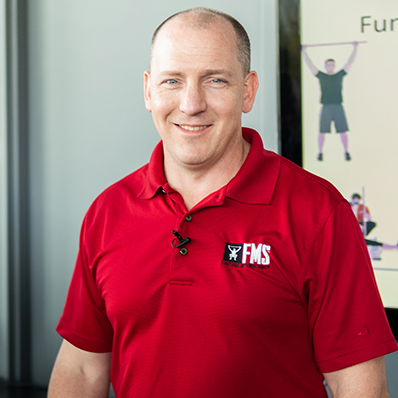 Brett Jones, Chief SFG, is a Certified Athletic Trainer and Strength and Conditioning Specialist based in Pittsburgh, PA. Mr. Jones holds a Bachelor of Science in Sports Medicine from High Point University, a Master of Science in Rehabilitative Sciences from Clarion University of Pennsylvania, and is a Certified Strength & Conditioning Specialist (CSCS) from the National Strength and Conditioning Association (NSCA).
Brett Jones, Chief SFG, is a Certified Athletic Trainer and Strength and Conditioning Specialist based in Pittsburgh, PA. Mr. Jones holds a Bachelor of Science in Sports Medicine from High Point University, a Master of Science in Rehabilitative Sciences from Clarion University of Pennsylvania, and is a Certified Strength & Conditioning Specialist (CSCS) from the National Strength and Conditioning Association (NSCA).
With over twenty years of experience, Brett has been sought out to consult with professional teams and athletes, as well as present throughout the United States and internationally.
As an athletic trainer who has transitioned into the fitness industry, Brett has taught kettlebell techniques and principles since 2003. He has taught for Functional Movement Systems (FMS) since 2006 and has created multiple DVDs and manuals with world-renowned physical therapist Gray Cook, including the widely-praised “Secrets of…” series.
Brett continues to evolve his approach to training and teaching and is passionate about improving the quality of education for the fitness industry.
He is available for consultations and distance coaching by e-mailing him at appliedstrength@gmail.com.
Related Resources
-
Movement Principle # 3
Posted by Gray Cook




